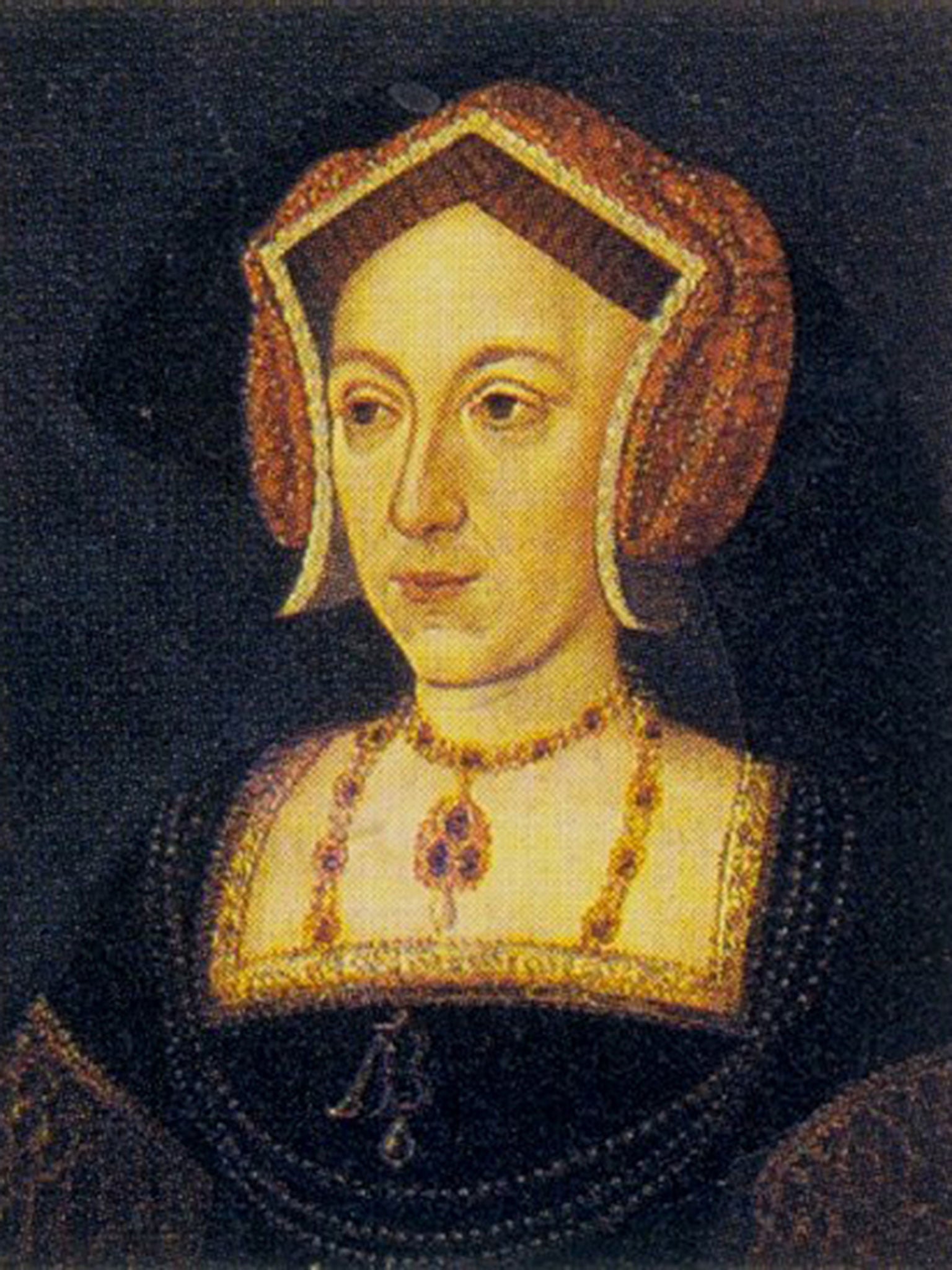Scientists use old portrait and CCTV technology to identify the face of Anne Boleyn
Art historians have debated whether the Nidd Hall portrait is Boleyn or her successor, Jane Seymour, King Henry VIII’s third wife

Your support helps us to tell the story
From reproductive rights to climate change to Big Tech, The Independent is on the ground when the story is developing. Whether it's investigating the financials of Elon Musk's pro-Trump PAC or producing our latest documentary, 'The A Word', which shines a light on the American women fighting for reproductive rights, we know how important it is to parse out the facts from the messaging.
At such a critical moment in US history, we need reporters on the ground. Your donation allows us to keep sending journalists to speak to both sides of the story.
The Independent is trusted by Americans across the entire political spectrum. And unlike many other quality news outlets, we choose not to lock Americans out of our reporting and analysis with paywalls. We believe quality journalism should be available to everyone, paid for by those who can afford it.
Your support makes all the difference.She was one of the most enigmatic women in British history, yet little is known about the face of Anne Boleyn because contemporary portraits were thought to be destroyed after she was executed at the Tower of London in 1536.
Now scientists believe they have identified a portrait of Boleyn, King Henry VIII’s second wife, using facial recognition software that has compared the only confirmed image of Anne on a medal in the British Museum with a painting known as the Nidd Hall portrait.
Art historians have debated whether the Nidd Hall portrait is Boleyn or her successor, Jane Seymour, Henry’s third wife.
However, a study has matched the portrait with the only known contemporary image of Anne on “The Moost Happi” medal, which was stamped in 1534 to commemorate the expected birth of her son. Amit Roy‑Chowdhury of the University of California at Riverside said that a comparison of the faces in a range of portraits thought to represent Anne has identified only one, the Nidd Hall portrait, as being the same as the face printed on the Moost Happi medal.
The facial recognition software – developed from systems used to identify people in CCTV – compared a range of physical proportions, such as the width of the mouth and distance between the eyes, to assess the extent of a match between two portraits.
A similar attempt to confirm the authenticity of portraits of William Shakespeare proved unsuccessful, the annual meeting of the American Association for the Advancement of Science (AAAS) in California, was told.
Join our commenting forum
Join thought-provoking conversations, follow other Independent readers and see their replies
Comments